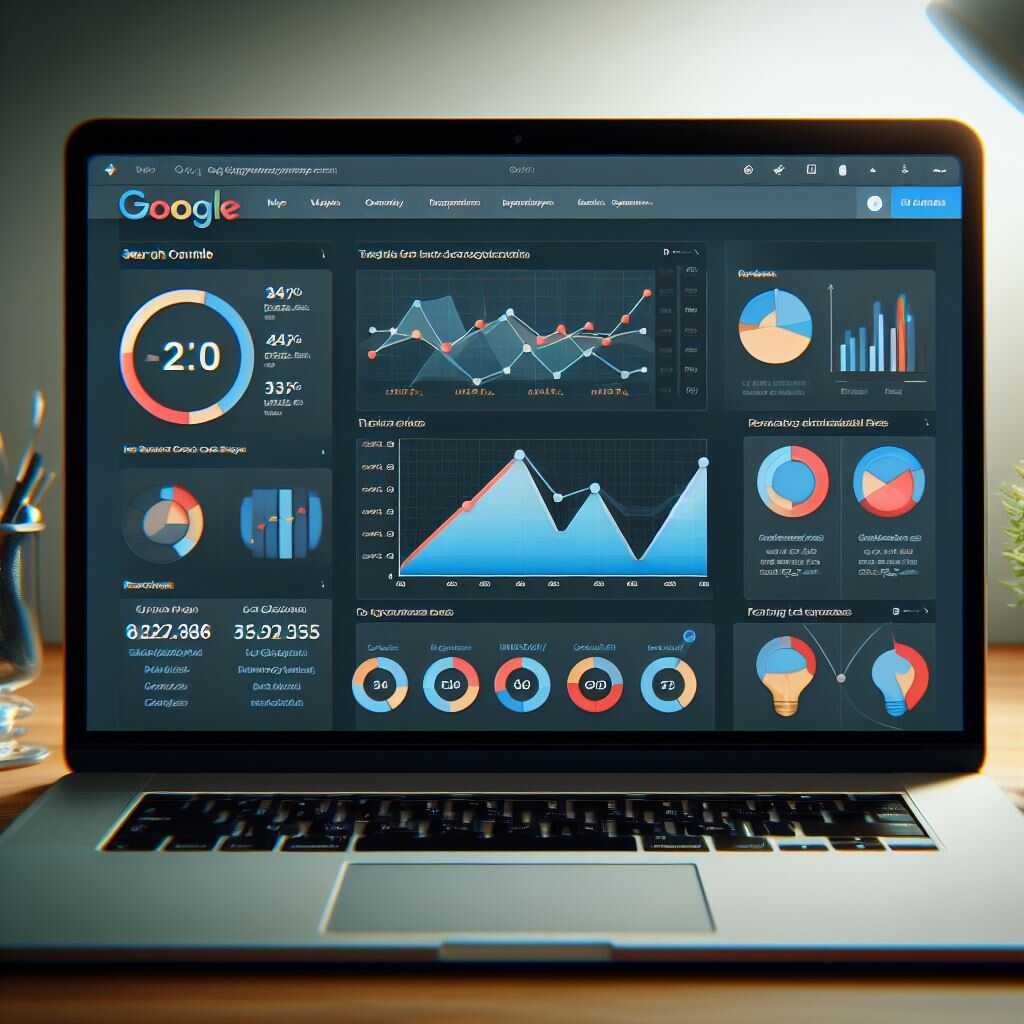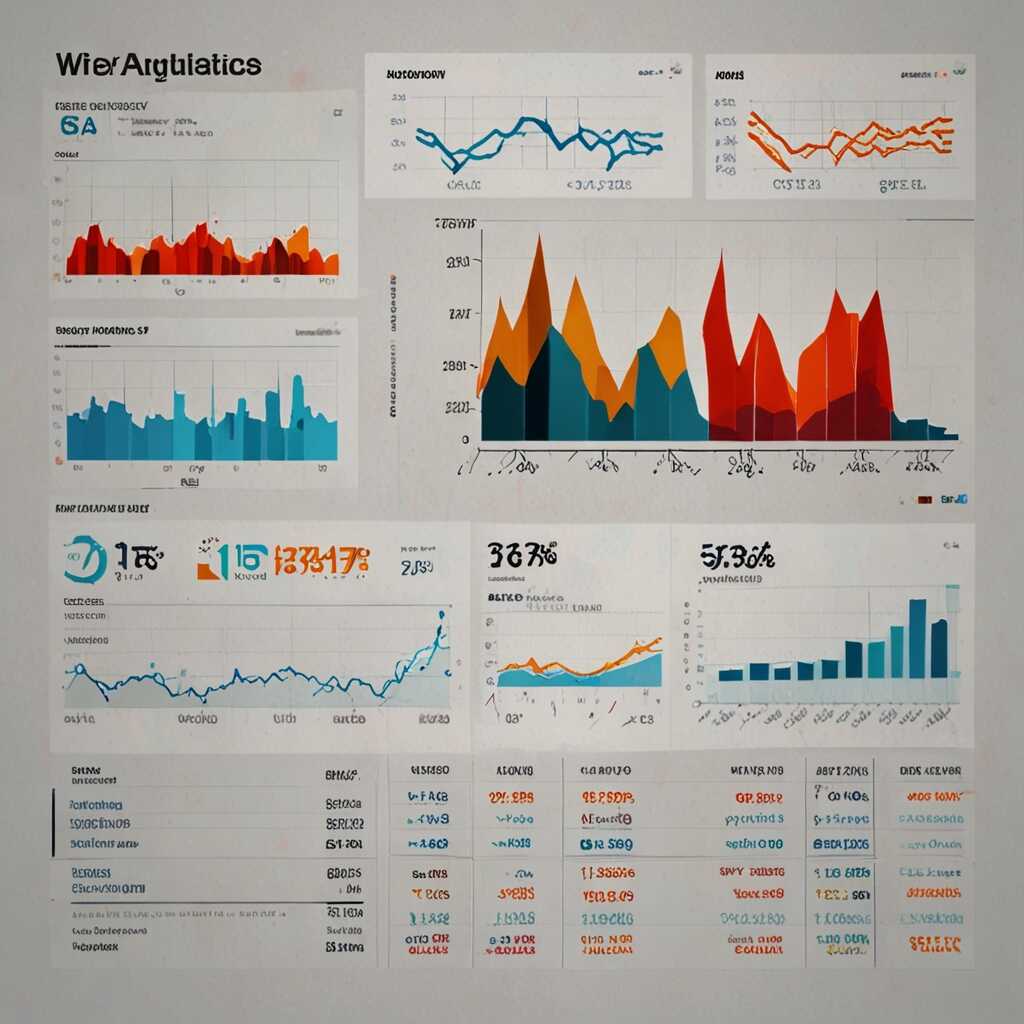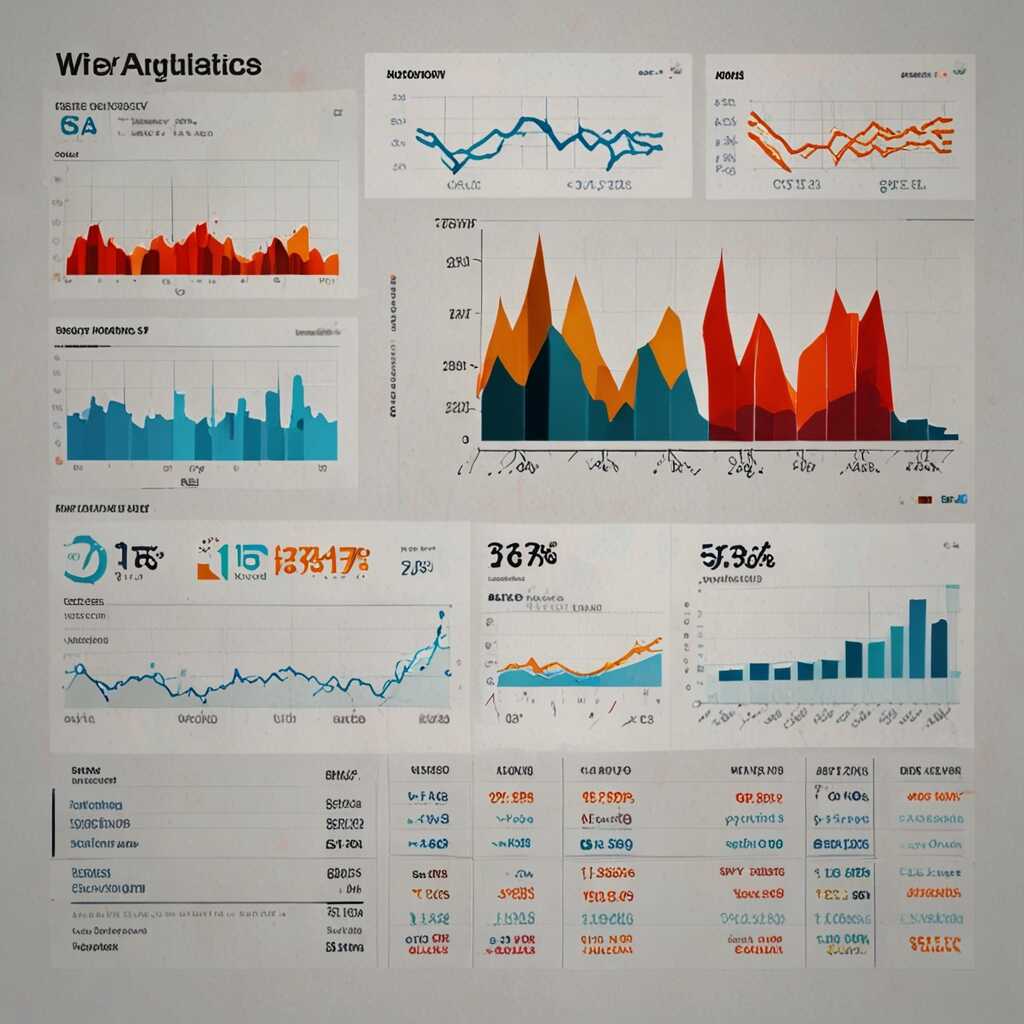Enhancing SEO and user experience begins with optimizing your image alt text, a crucial yet often overlooked element. By effectively using alt text, you can improve your website’s visibility in search engines while providing better context for all users. At Metrics Rule, we understand the importance of optimized image alt text not only for boosting search engine rankings but also for making content more accessible and engaging. Implementing strong alt text strategies can significantly impact both your website’s SEO performance and user satisfaction.
Understanding the Role of Image Alt Text in SEO Strategies
Image alt text greatly improves search engine rankings and enhances accessibility. It provides essential information about images to search engines like Google and Bing. This helps in better crawling and indexing, allowing search engines to understand image content. Alt text ensures that users with visual impairments or slow internet connections can still experience the website effectively. For effective alt text, focus on accuracy, relevance, and keywords. Typically, alt text should be under 125 characters to ensure it is fully read by screen readers and indexed by search engines.
Key Features of Effective Alt Text for Images
Effective alt text for images must include clear descriptions and relevant keywords. It should be concise yet informative, capturing the essence of the image. For example, instead of writing “Image of a dog,” say “Golden Retriever playing fetch in the park.” This detailed approach enhances user experience and improves SEO strategies. The inclusion of keywords, while maintaining clarity, helps search engines deliver relevant results. A well-crafted alt text provides valuable context that contributes to a site’s overall performance in search engine rankings, ultimately benefiting e-commerce and service-oriented websites like Metrics Rule in Vancouver.
How Image Descriptions Improve Accessibility for Users
Effective alt text is critical for supporting visually impaired users. It provides descriptions that screen readers translate into spoken words, enabling these users to understand content. Quality alt text ensures that web accessibility is prioritized. A well-crafted alt description helps expand the experience by making websites navigable for all users, regardless of their visual abilities. Furthermore, the key components of high-quality alt text include clarity, context, and conciseness, which together enhance web accessibility.
Best Practices for Writing Effective Alt Text
When creating image alt text, keeping it within 125 characters offers a proven guideline for effective descriptions. This length allows enough room to convey essential details without overwhelming the user. Alt text should accurately describe the image and its function within the content. For example, instead of saying “A dog,” use “A golden retriever playing fetch in a green park.” This clarity helps ensure that visually impaired users receive the same information as sighted users, significantly enhancing their content navigation experience.

Crafting Effective Alt Text that Boosts SEO and User Engagement
To create effective alt text that enhances SEO, focus on relevancy and conciseness. Aim for a description that captures the essence of the image in a clear manner. Good alt text includes keywords naturally, helping search engines index your content accurately. For instance, instead of a vague description like “dog,” use “golden retriever playing fetch in a sunny park.” This specificity appeals to users while boosting SEO rankings. Keep your alt text under 125 characters to ensure accessibility and ease of use on all devices.
Best Practices for Writing Alt Text
When writing alt text, always start with the most important details about the image. Use accurate descriptors that convey the image’s context and meaning. For example, if the image features a product, include its name, color, and relevant features, like “blue wireless headphones with noise cancellation technology.” This method not only increases the chances of higher search rankings but also enhances user experience. Incorporating relevant keywords boosts the reliability of your image for search engines. Alt text is a valuable aspect of your overall SEO strategy, especially for e-commerce websites aiming to improve visibility and engage visitors effectively.
Key Numerical Insights about Image Descriptions
- Over 60% of web pages use image alt text effectively.
- Search engines use image descriptions for 20-30% of ranking factors.
- Accessible websites see a 30% increase in traffic from visually impaired users.
- Images with proper alt text have a 45% higher chance of appearing in image search results.
- Only 15% of website owners optimize their alt text properly, leaving vast potential untapped.
- Using descriptive image alt text can improve engagement by 50%.
- 80% of users say they prefer accessible sites, proving better experience and retention.

Identifying and Avoiding Common Pitfalls in Alt Text Usage
Writing effective alt text is crucial yet often mismanaged. Common mistakes include keyword stuffing, using generic descriptions, and neglecting to describe the image’s content. These errors can harm both SEO and user experience. Website owners can improve their alt text by ensuring it is descriptive, concise, and relevant to the image. Implementing best practices for alt text optimization can enhance accessibility features and overall site quality. Studies show that over 60% of users find well-written alt text descriptions essential for understanding image content, underlining the importance of avoiding common alt text mistakes.
Enhancing SEO Through Effective Alt Text Strategies
To maximize SEO benefits from alt text, website owners should focus on integrating primary image SEO practices that align with user intent. This includes using relevant keywords naturally within the description, ensuring that alt text reflects the context of the image, and maintaining clarity. Descriptions should generally be under 125 characters for quick readability and effectiveness. By taking these steps to improve user experience, you can drive more traffic and better engage visitors, resulting in improved site performance. For instance, an optimized strategy can lead to an increase in organic search visibility, ultimately enhancing overall website efficiency and rankings.

Essential Tools for Auditing Your Alt Text Effectiveness
To enhance your SEO and user experience, consider using tools like Screaming Frog, Ahrefs, or Google’s Lighthouse. These alt text auditing tools help identify missing or poorly optimized alt text across your website. Using them can significantly improve your site’s reliability in search results. Additionally, each tool provides different functionalities that can help evaluate your alt text’s effectiveness. For example, Screaming Frog excels in crawling and reporting on HTML, while Ahrefs offers competitive analysis to review your competitors’ alt text effectiveness.
Comparing Features of Alt Text Auditing Tools
When comparing alt text auditing tools, understanding their unique features is essential for optimal SEO performance analysis. Screaming Frog provides comprehensive crawl data that highlights missing alt attributes, while Ahrefs allows for a competitor alt text review. Google’s Lighthouse focuses on web performance and specifically checks for accessibility, including alt text usage, enabling you to enhance user experience. Each tool is designed to provide valuable insights based on your specific needs, whether that’s for improving alt text or understanding your competition. Use these comparisons to determine the best alt text practices for your website.
Advantages of Descriptive Text for Visual Content
- Enhanced accessibility helps all users access information easily.
- Image alt descriptions significantly boost search engine rankings.
- Better alt text improves website traffic and user retention rates.
- Using optimized descriptions creates a seamless experience for visually impaired users.
- Effective alt text drives higher click-through rates from search results.
- SEO gains translate to increased conversions and sales opportunities.
- More informative alt text fosters better site credibility and trust.

Evaluating the SEO Impact of Your Image Alt Text
To effectively evaluate the SEO performance of your image alt text, you should track metrics such as organic search traffic over time, keyword rankings, and click-through rates. Tools like Google Analytics provide valuable insights into how your image alt text relates to improved search visibility. You can analyze effectiveness by comparing performance data before and after making alt text adjustments on platforms including Google and Bing. A significant improvement in search visibility typically indicates a positive outcome; even a 10-20% increase can be noteworthy.
Key Performance Indicators for Tracking Alt Text Success
When measuring the success of your image alt text optimization, focus on key performance indicators (KPIs) such as organic traffic, keyword rankings, and bounce rates. By regularly reviewing these metrics, you can assess your alt text’s contribution to overall SEO success. For instance, using tools like Google Search Console allows you to see keyword impressions and CTR related to image search. This analysis provides data on which specific alt text contributes to increased visibility, helping you refine your approach further. Tracking these indicators over time enhances your ability to make informed decisions and improves website traffic quality.
Strategically Incorporating Alt Text Within Your Overall SEO Framework
Optimizing alt text is crucial for aligning with your overall SEO strategy. By ensuring that your alt text is relevant and descriptive, it can boost your website’s visibility across search engines, enhancing the chances of a higher ranking. Integrating alt text effectively with broader content strategies can ensure the context aligns with user queries, providing a seamless experience that enhances user satisfaction. Businesses have reported a potential increase of up to 30% in SEO performance metrics by focusing on alt text optimization and its role in keyword relevance.
Best Practices for Alt Text Integration in Content Strategies
To maximize the benefits of alt text optimization, consider the following best practices. Use relevant keywords naturally within the alt text without overstuffing, maintaining the context of the image. Aim for concise descriptions that accurately depict the content of the image, generally keeping it under 125 characters. Incorporate alt text into a cohesive content strategy that considers user experience enhancement, guiding users effectively and improving accessibility. Regularly review your alt text in relation to performance data from Google Analytics and other metrics. This ensures continuous improvement and helps your website remain competitive in the e-commerce landscape.
Popular Platforms and Demographics Interested in Image Optimization
- WordPress offers plugins for easy alt text management but may slow site speed if overused.
- Wix provides user-friendly image settings, ideal for beginners looking to boost SEO.
- Shopify integrates image alt text tools, benefiting e-commerce sites by improving product visibility.
- Small businesses gain significantly from optimized images, increasing online discovery.
- Content creators enjoy the boost in engagement through effective image descriptions.
- Educational institutions value accessibility, helping to reach students with diverse needs.
- Non-profits see improved outreach and connection through well-described imagery.
Keeping Alt Text Relevant: Adapting to SEO Trends
To enhance your image SEO, regularly review and update your alt text. Start by conducting website audits to identify images with outdated or irrelevant alt text. It’s essential to adapt based on evolving SEO best practices and algorithm updates. For example, the rise of voice search has made descriptive and conversational alt text more critical. You should also consider user experience; alt text must be informative for all users, including those using screen readers. Maintaining fresh alt text ensures that your website remains compliant with current trends, thereby improving its reliability and performance in search engines like Google and Bing.
Effective Techniques for Regular Alt Text Review
One effective technique for regular alt text review is to set a schedule, such as every six months, to evaluate both existing alt text and new images. Use SEO analytics tools to assess how your pages are performing in search results. Take note of the key metrics, such as click-through rates and bounce rates, to see the effectiveness of current alt text. This evaluation helps identify opportunities for improvement that can enhance search engine crawling and indexing, especially for e-commerce websites that rely heavily on visual content. With ongoing testing and updates, you can ensure your alt text remains optimized, improving your site’s overall user experience and SEO visibility.
